Hagenbuch Coat of Arms
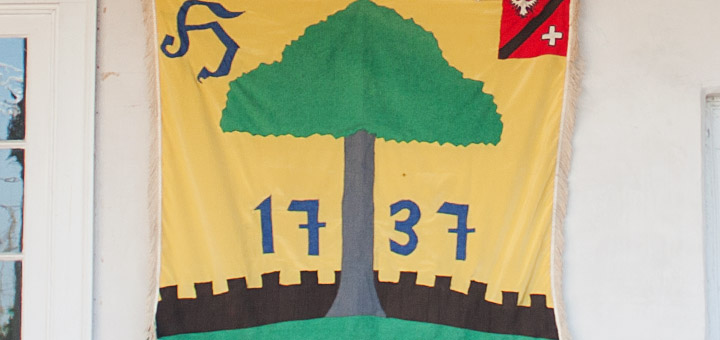
The Hagenbuch family has a unique coat of arms that, even now, is still used by the town of Hagenbuch in Switzerland. The coat of arms depicts a single beech tree surrounded by a braided fence against a yellow background.
The coat of arms is a literal representation of the family name. As described in the Story of the Buchbaum, when translated from German, Hagenbuch means “an enclosure of beech trees.” The tree is the beech, and the fence is the enclosure.
In recent years, an alternative interpretation of the family name has emerged. This argues that Hagenbuch derives from Hagebuche which is archaic German for “hedge beech.” In German, the “hedge beech” is a hornbeam tree, not a beech tree. Hornbeams are known for their strong wood, suggesting that the coat of arms refers the strength of the family name.
In heraldry, a coat of arms is displayed upon a shield (also known as a escutcheon). With the Hagenbuch coat of arms, the shield is in the Swiss style, directly referencing the family’s origins in Switzerland. A Swiss shield is notable for its curved top as well as its elongated left and right corners.
At the center of the coat of arms stands a European beech tree. This is the “buch” in the Hagenbuch family name. In modern German, buch means book. This frequently causes confusion, leading some to believe that the family name has something to do with books.
Actually, the word buch has a fascinating history. Linguists believe that an older proto-German language probably had a word similar to buch which referred to the beech tree. Later, when people began using the smooth bark of the beech to write on, the word evolved to mean book. Eventually, book became the primary meaning of buch in modern German.
The final element of the Hagenbuch coat of arms is the braided fence surrounding the beech tree. This is the “hagen” in the family name. According to linguists, it is likely from a proto-German word that meant hedge or enclosure.
Upon closer observation of the fence, this explanation makes perfect sense. The fence has a most unusual design. It is comprised of vertical posts woven together by braided, horizontal lines. This closely mimics the design of a hedgerow or wattle fence.
To construct a hedgerow, living trees—often saplings—are partially cut and bent to form the hedge. (See the above video for an example of this process.) The hedge is staked with posts to keep the trees in place. Beech trees are commonly used in Europe to build hedgerows. Wattle fences may be made from living trees or cut branches. Vertical posts are first set. Then the trees or branches are woven between them, as can be observed in the below image.
The interwoven style of the wattle fence is one of the most unique elements of the Hagenbuch coat of arms. It also makes it extraordinarily difficult to draw in two dimensions, since the horizontal lines weave over and under the vertical posts.
Additionally, it is important to note the font used in the Hagenbuch coat of arms. This is the Fraktur style of calligraphy that was once common in German speaking countries. Fraktur calligraphy was also used by the early German settlers in Pennsylvania.
While the origin of the Hagenbuch coat of arms is not certain, a story has begun to emerge from the available evidence. Hagenbuch is an old name. Historical records first mention the town of Hagenbuch in 856, and it is probably even older than that.
Hagenbuch almost certainly started as a place name. One can imagine it being used to describe a location in Switzerland with stands of beech trees. The trees and their branches were braided together to form hedgerows or other enclosures. It was only later that Hagenbuch evolved into a family name. In Europe, last names began to be used during the Middle Ages.
Before having a coat of arms, it is likely that the people of Hagenbuch developed iconography to represent the place they were from. People may have painted signs, made carvings, and sewn flags that displayed unique interpretations of the name.
While it is doubtful that these looked much like the familiar Hagenbuch coat of arms, they almost certainly included the beech tree. In fact, there are several examples of non-traditional Hagenbuch coat of arms designs. The first, displayed above, includes a unicorn emerging from a grove of beech trees.
The second, painted by a young Mark Hagenbuch after seeing a picture of it, depicts a lion holding a beech tree. The origin of this particular coat of arms was later confirmed in a 1980 letter from Hans-Dietrich Riemann, Director of the German Coat of Arms Museum.
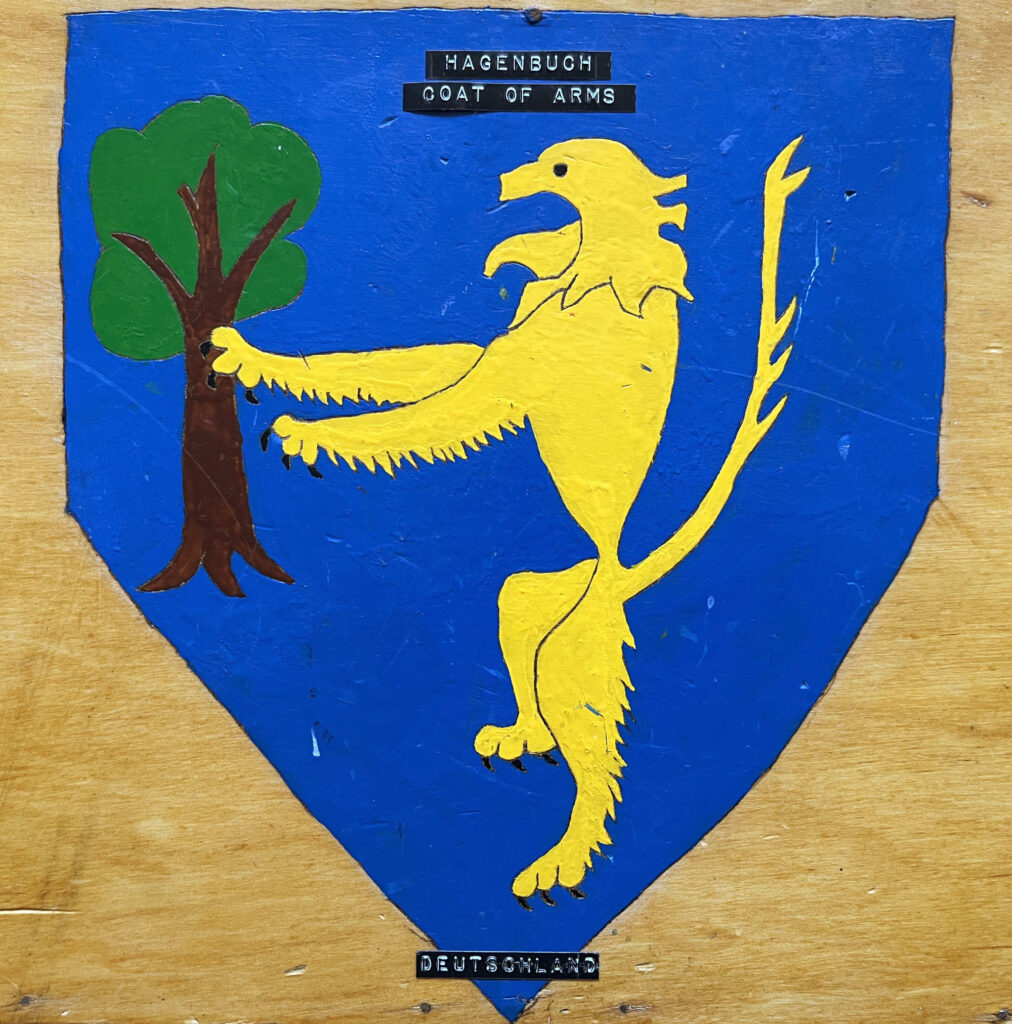
Hagenbuch coat of arms including a lion. Copied from an original and painted by a young Mark Hagenbuch in 1968.
Along with the letter, Riemann included documents describing how the brothers Ulrich, Balthasar, Stephen, and Georg (all mentioned in the Story of the Buchbaum) received the Hagenbuch coat of arms from the Emperor on May 15, 1541. The coat of arms is described as having an azure background with a guardian lion, its right claw grasping a beech tree.
It is possible that this was the Hagenbuch family’s first, official coat of arms. It is also worth noting that the coat of arms was not meant to represent the town. Rather, it was specifically bestowed upon the Hagenbuch brothers in recognition of their service and courage.
Over time the practice of heraldry grew to include cities as well as families. Presently, many Swiss municipalities have their own coats of arms. It was probably then that the familiar Hagenbuch coat of arms was adopted by the town and the family.
Throughout history, the Hagenbuch coat of arms has evolved and changed. Even today, new versions—like the modern one above—continue to be developed. Yet, regardless of the presentation, all Hagenbuch coats of arms include the most important element in the family name—the beech tree.
This article was updated on October 21, 2025 to include new images of the coat of arms and a video of how hedgerows are made. Details about the Hagenbuch name be connected with the hornbeam, instead of the beech tree, were also presented.

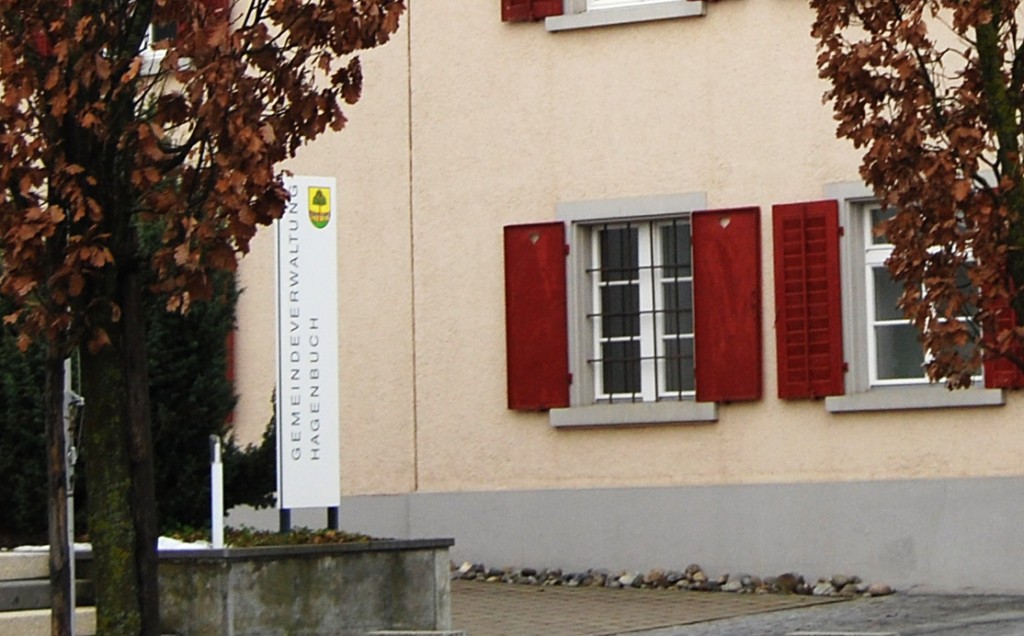
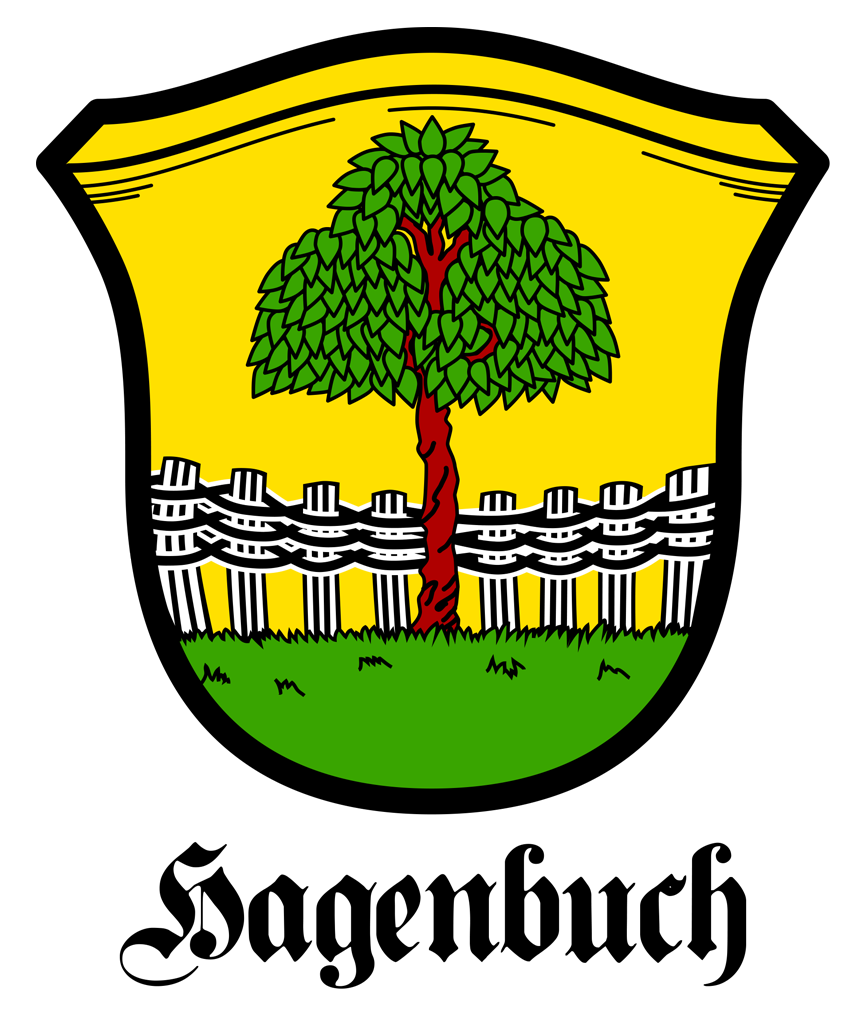
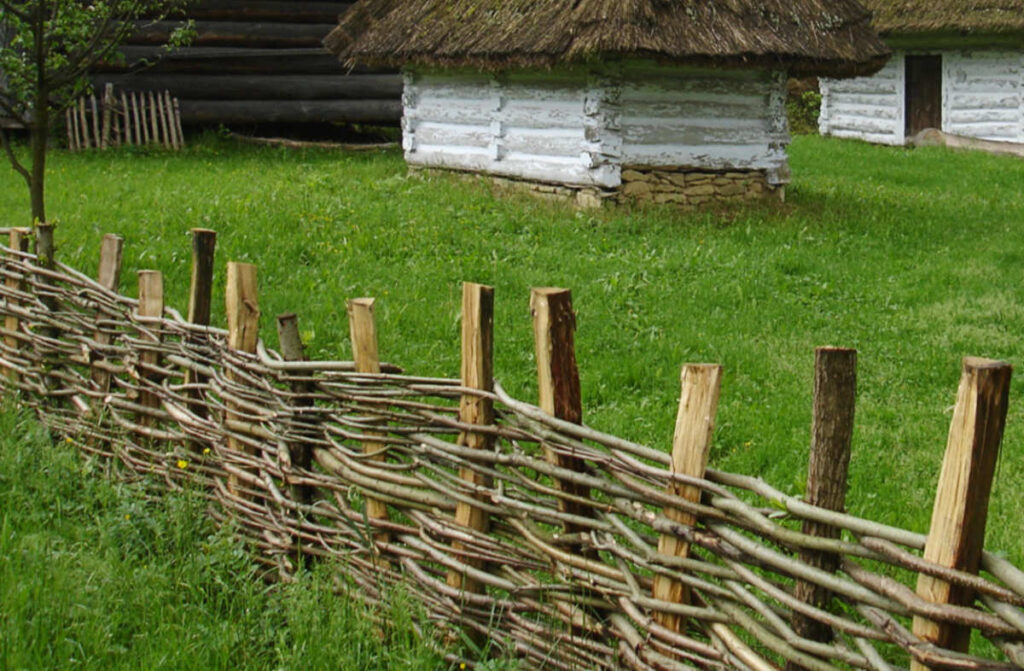
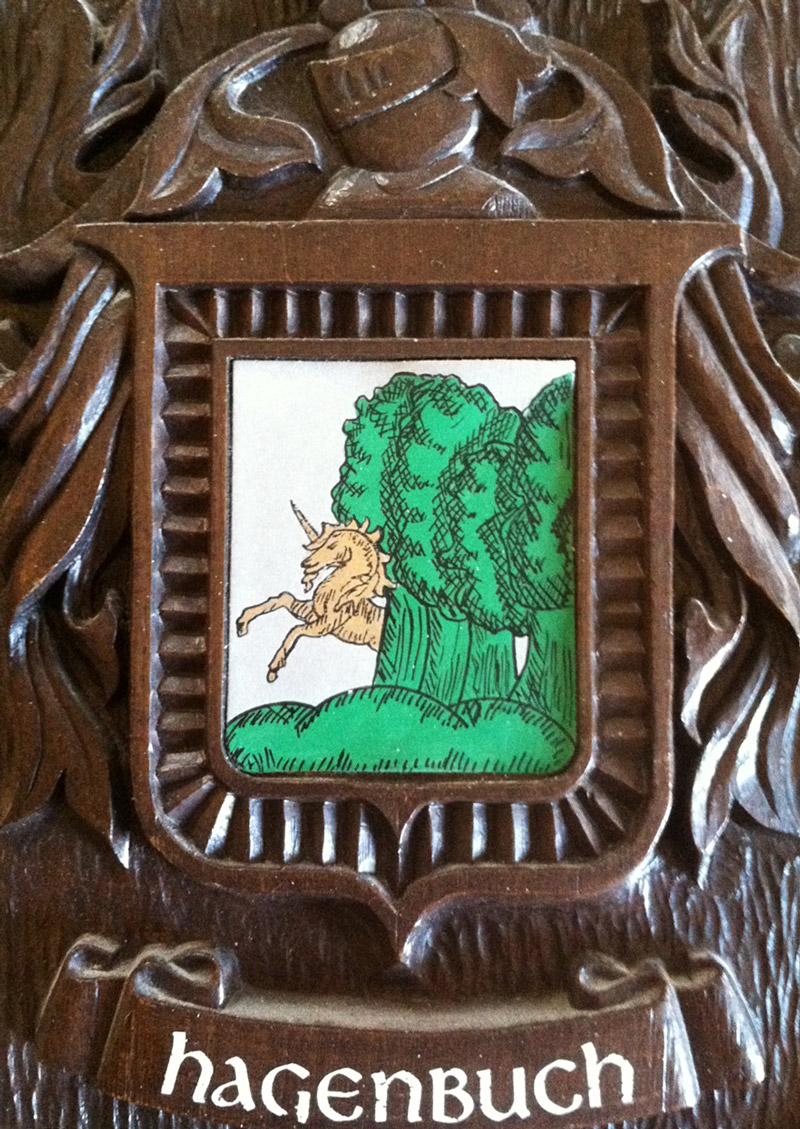
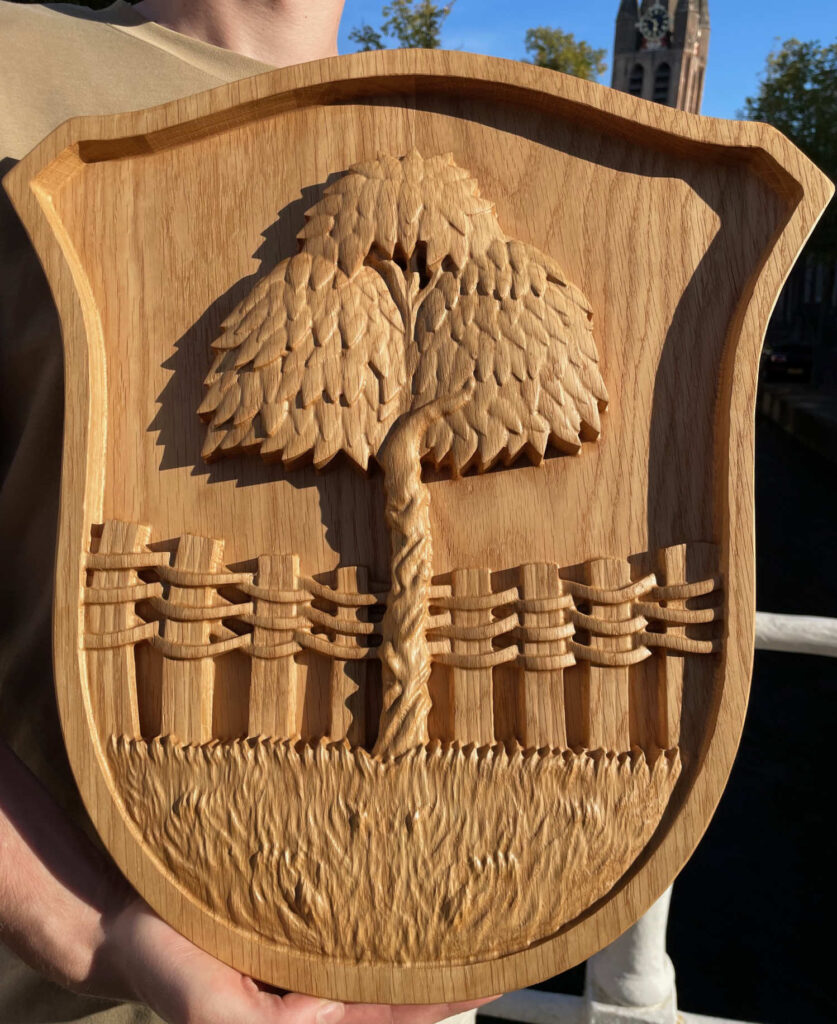
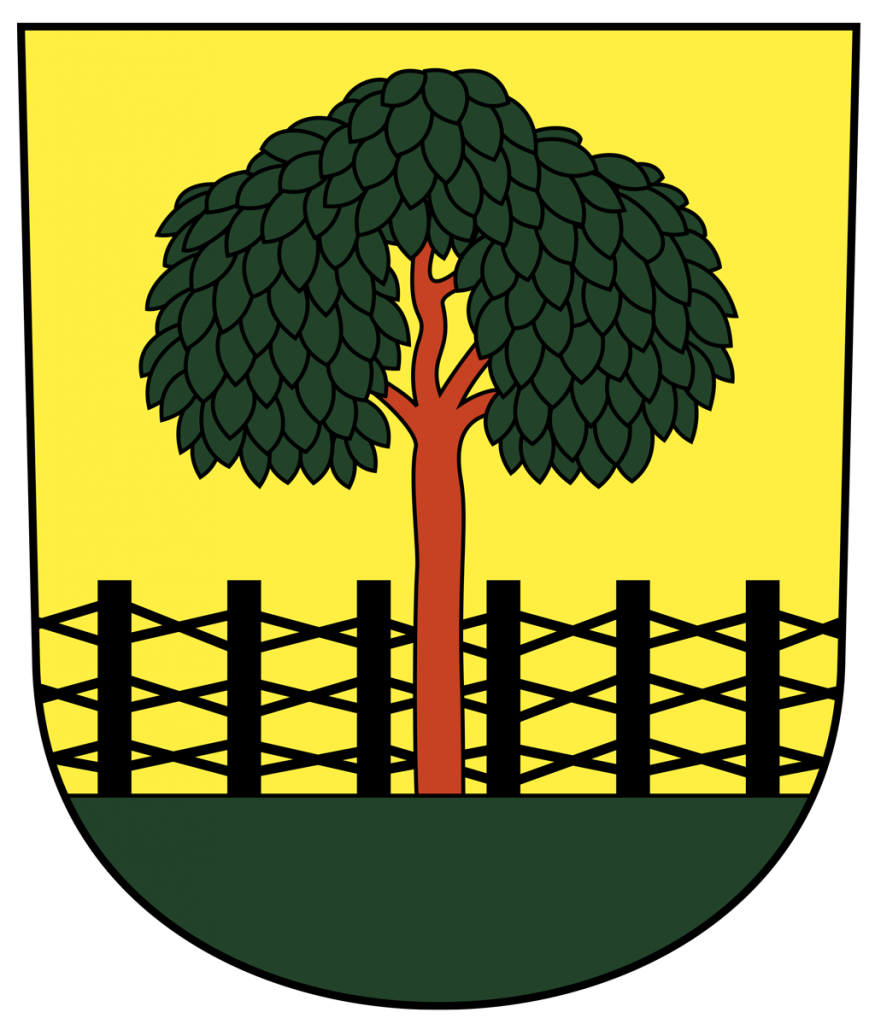
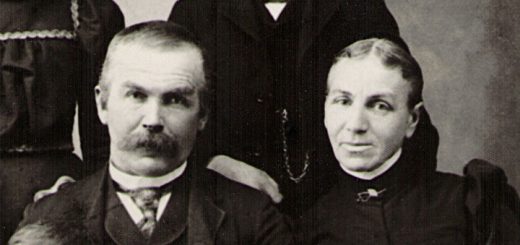
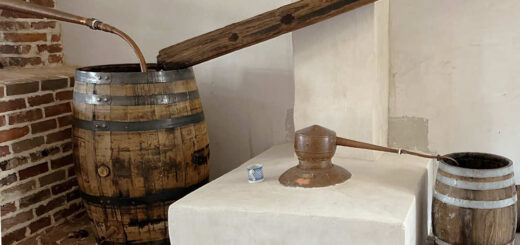















Have anyone encountered any examples of 18th century Hagenbuch’s using the coat of arms? For example, in the colonies men would use their coat of arms as seals on their wills or deeds. Or has anyone come across any 19th or 18th century examples of the arms being used for decorative purposes? Such as carving the arms into a beam or stone in one of the old estate homes?
Hi Jacob. Thanks for your comment! We do not believe the Hagenbuch family was using the coat of arms by the time they came to America in the 1700s. However, they did have a stylized HB ligature: https://www.hagenbuch.org/hb-hagenbuch-family-ligature/ Supposedly the coat of arms can be found on an old bell and other items in the town of Hagenbuch, Switzerland, though.
The ligature is very interesting, thanks for that information!
I now wonder if it’s possible to find evidence of the Hagenbuch family in Europe using these arms…
Explanation of the coat of arms is very inteteresting. 856 AD amazing. Thank you for your hard work.